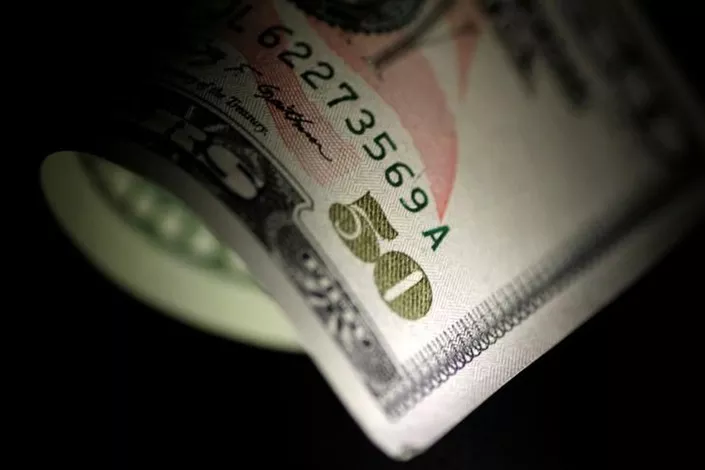The U.S. dollar, often seen as a safe-haven asset during times of uncertainty, has shown some unexpected behavior during the U.S.-China trade war. Instead of consistently gaining value as tensions rose, the dollar sometimes weakened, even when investors seemed to be growing more cautious. According to Capital Economics, this could mark a shift in how the dollar and stock market move in relation to each other, at least in the near future.
Unusual Market Behavior During Trade War
In a recent report dated May 15, analysts at Capital Economics noted that the dollar’s movements throughout the trade war have been surprising. For example, when the U.S. announced larger-than-expected tariffs on Chinese goods, what some dubbed “Liberation Day” tariffs, the dollar didn’t rise as many expected. Instead, it fell.
Similarly, in early April, when global markets showed signs of risk aversion, the dollar again declined. This puzzled investors who rely on the dollar as a traditional safe haven during times of market stress.
Changing Correlation Between Dollar and Equities
Historically, the U.S. dollar has tended to move in the opposite direction of the U.S. stock market. When stocks went up, the dollar often went down, and vice versa. However, analysts now say that this pattern might be changing—or at least shifting temporarily.
According to Capital Economics, the recent positive correlation between the dollar and U.S. equities might not be an anomaly. Instead, it could reflect a broader trend in global investor behavior.
One explanation is that while the dollar may not always respond to U.S. market performance alone, it often strengthens when U.S. assets outperform those in other countries. This suggests that foreign demand for U.S. investments plays a major role in driving the dollar’s value.
Outlook for the Year Ahead
With U.S. stocks showing signs of recovery and the dollar starting to gain momentum again, investors are wondering whether this positive correlation will last throughout the year, or if the traditional negative relationship will return.
Capital Economics believes the two markets may continue to move in tandem, at least in the short term.
However, analysts added that this doesn’t mean the dollar’s role as a safe haven is gone for good.
Summary
- The U.S. dollar has shown unusual behavior during the trade war, weakening at times of rising market risk.
- Traditionally negatively correlated with U.S. stocks, the dollar now appears to move more closely in line with equities.
- Analysts suggest global demand for U.S. assets may explain this new pattern.
- Capital Economics predicts that this positive link between the dollar and U.S. stocks could last for the next year.
- Despite short-term changes, the dollar’s long-term safe-haven role is expected to remain.
Related topics:


